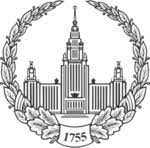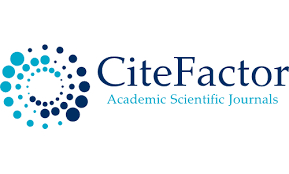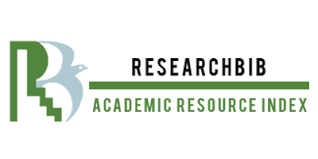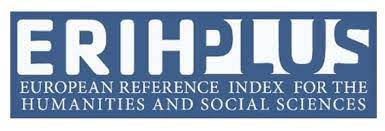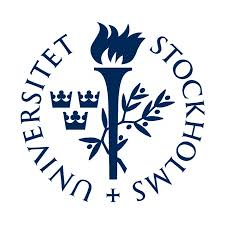Historical syntax of Turkish languages
Ramil ZeynalovDOI: https://dx.doi.org/10.48445/TAIIJ.2021.81.29.001
ORCID ID: https://orcid.org/0000-0002-4669-1201
Date: 20 December 2023
ABSTRACT
After gaining independence, our country has achieved a number of successes in the field of linguistics, one of which is the translation of Mahmud Kashgari's "Divanu lugat-it-turk" into Azerbaijani. After this translation, the study of this fundamental dictionary and the writing of serious works began in Azerbaijan, the center of Turkic studies. Proverbs and parables used in the work are important for studying the historical syntax of the Turkic languages and following its development. The study of the syntactic features of these examples has created conditions for the emergence of important facts not only for Azerbaijani linguistics, but also for Turkological linguistics. The examples developed in Divan prove that the sentence structure has not changed for thousands of years in the historical development of Turkic languages. Comparing the types of proverbs and phrases used in proverbs and the syntactic relationships (approach, management, harmony) between words related to these compounds with modern Azerbaijani provides very important material for studying the historical development of such combinations in Turkish, including Azerbaijani.
KEYWORDS
syntax, linguistics, M.Kashgari, the Turkish languages





















